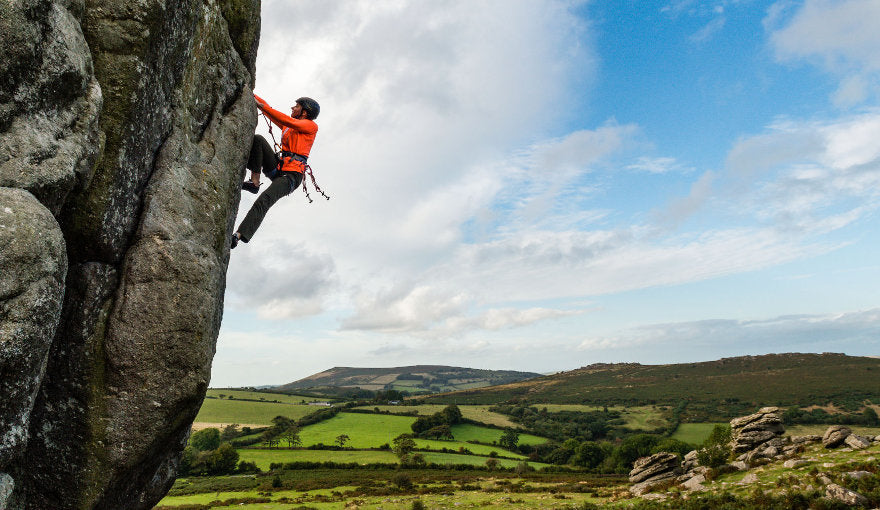By Jonathan Doyle
Black Diamond state that their Camalot Ultralights are the “most significant advancement in technology for climbers” since they released their duel stem cams in the 1980’s, and I can’t help but agree.
Game Changer
Offering a 25% weight saving on the previous Camalot C4 and the same wide camming range, the Camalot Ultralight really is a game changer; especially for those of the ‘fast and light’ persuasion. Black Diamond have slimmed down the Ultralights by shaving off every unnecessary gram of metal from the lobes and replacing much of their steel and nylon with super-light, super-strong Dyneema. All this weight saving does come at a cost however, as each Ultralight suffers a 2kN reduction in strength. That being said, they still have a strength range of between 8 and 12kN, more than enough to withstand even the worst fall.
Durability
My main concern with the ultralights was their durability; will they really withstand the same kind of punishment as the heavier C4 model? After some prolonged use and a good number of mountain days under the belt, they definitely show a few more signs of wear to the lobes and stem than my standard C4’s did after a similar amount of use. However, this is being hypercritical. The extensive use of Dyneema could potentially shorten the lifespan, as it is well known that Dyneema, as with any textile, degrades under prolonged exposure to UV light. Having said that, providing the user is aware of this fact, material degradation can be minimised to a negligible amount if the cams are stored in a cool dry location, out of direct sunlight - sound advise for the storage of all climbing equipment. Black Diamond have further helped combat any issues by coating the stem with opaque plastic, adding both protection and rigidity, whilst the thumb-loop is a semi-opaque material. The company states that both plastic casings block damaging UV rays

Regardless of good care and clever design tweaks, it is true the durability of the Black Diamond Ultralight Cams is not quite that of its heftier cousin. Therefore the user must accept a tradeoff between sleek, lightweight usability and a slightly reduced lifespan. If you’re going to be carrying heaps of kit up BIG routes then a rack of BD Ultralights is a no-brainer. For those operating mainly on shorter multi-pitch or single pitch routes, my advice would be to focus on the larger sizes, where the weight saving is greatest - making them easier to manipulate as well as the more obvious fact that there's less material to haul up the rock.
Are they worth the money?
Whether it's for use on remote crags, requiring long walk-ins and perhaps an overnight stay, or climbing big walls where the less weight you have to haul, the better, if you decide to invest in a rack of Ultralights, you won’t be disappointed. They handle beautifully; the reduced weight at the lobe-end means they feel more balanced and the camming action is silky smooth too.
The Black Diamond Ultralights are a stunning leap forward in camming-device technology and an obvious choice for many climbers, even at their higher price point. Finally, it mustn’t go unnoticed that they were the cam of choice for Tommy Caldwell and Alex Honnold on their record breaking speed-ascent of The Nose on El Capitan. They really are the game changing piece of kit we were promised.















